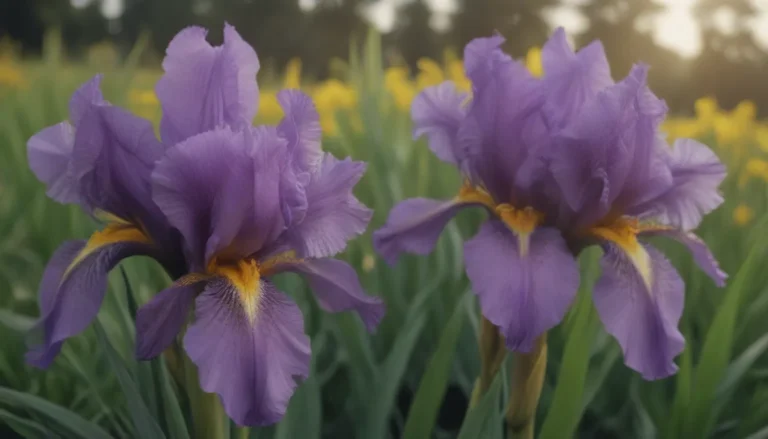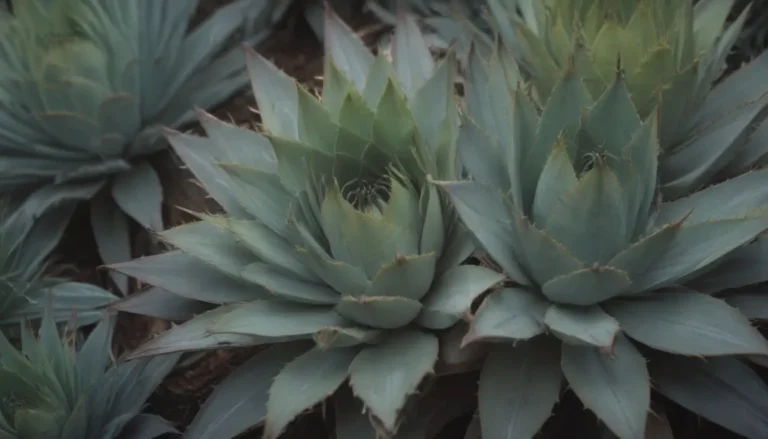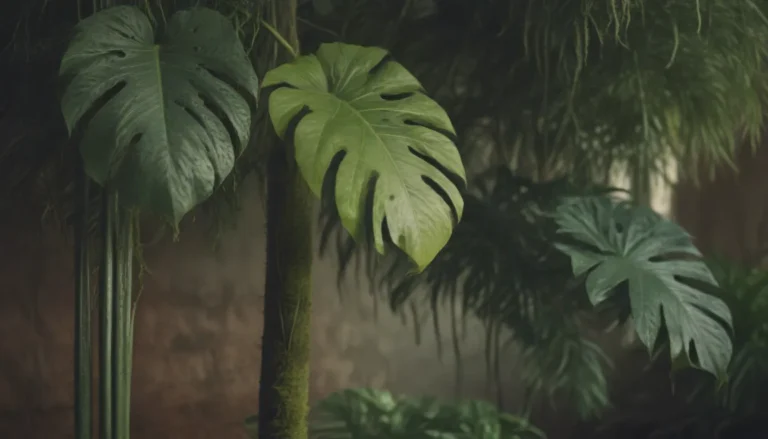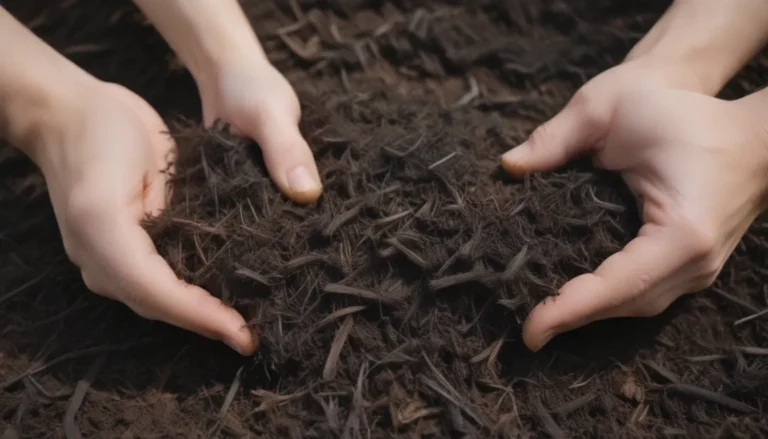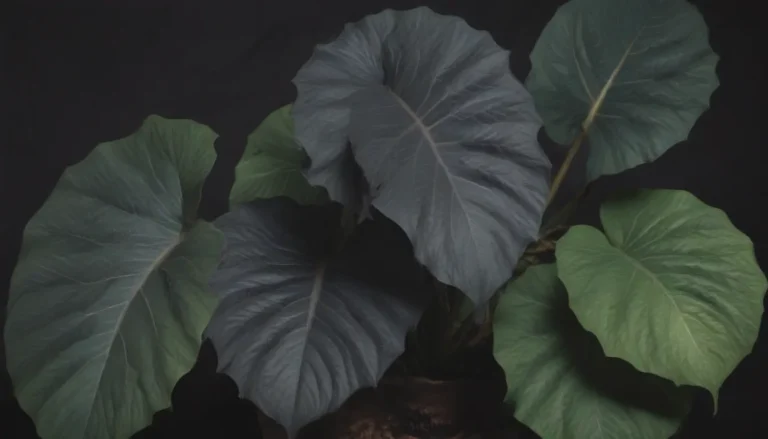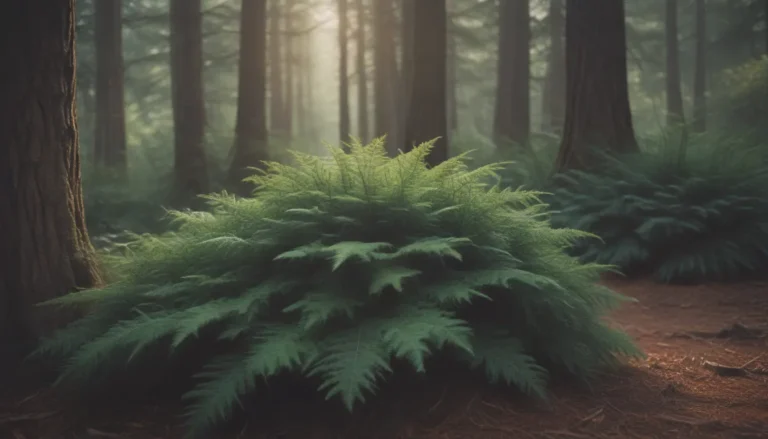Everything You Need to Know About Growing and Caring for Tropical Hibiscus
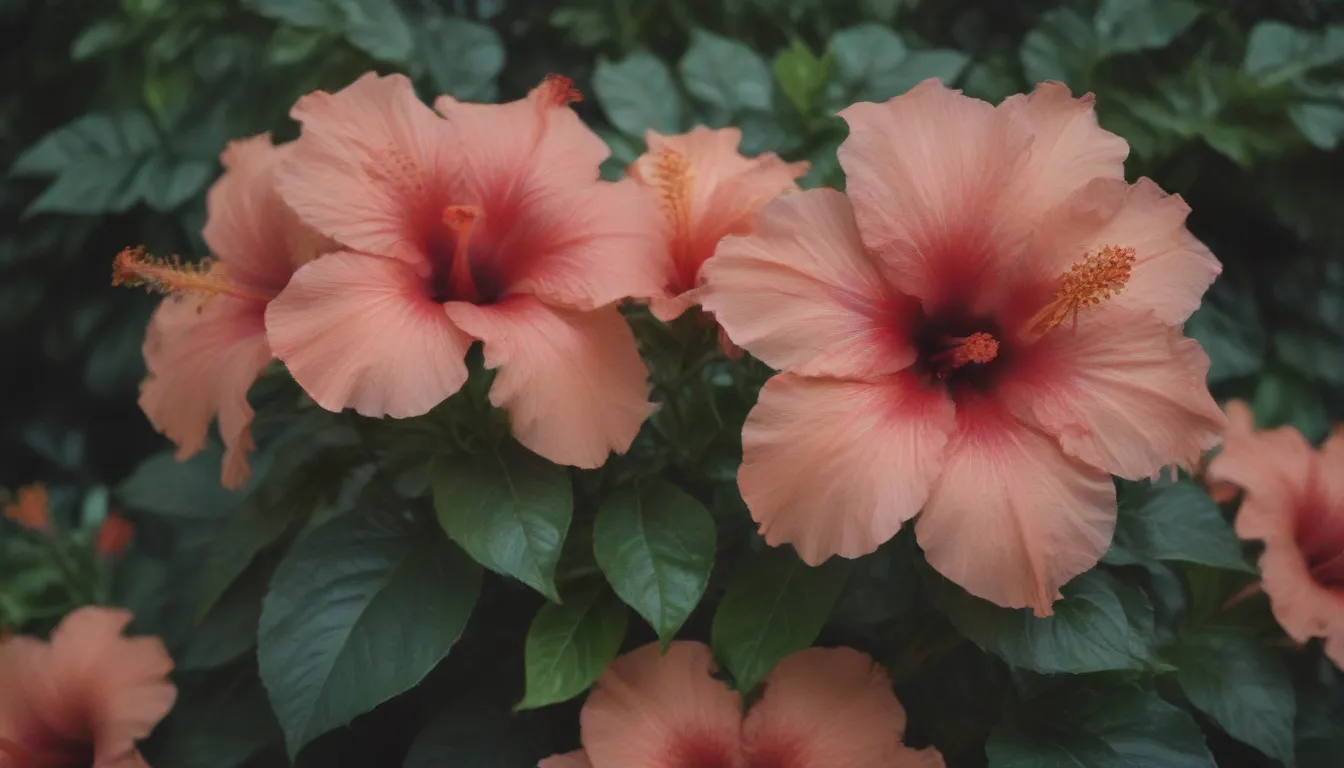
If you are a plant enthusiast looking to add a touch of the tropics to your garden or home, tropical hibiscus might just be the perfect choice for you. These stunning plants are known for their vibrant, trumpet-shaped blooms that can reach up to 6 inches in diameter, making them a real showstopper in any space.
Native to Asia, tropical hibiscus plants are fast-growing and can add up to 24 inches in height per year, eventually reaching towering heights of up to 15 feet. While they thrive in warmer climates, they can also be grown as container specimens in colder regions, either replanted annually or brought indoors during the colder months.
Tropical Hibiscus Care Tips
No matter where you live, there’s a way to enjoy the beauty of hibiscus plants, at least for part of the year. Whether you’re growing them in your garden or as container plants on your patio, these care tips will help you keep your hibiscus plants healthy and thriving:
Light
While tropical hibiscus plants love the sun, it’s essential to provide them with the right amount of light based on your specific climate. In northern regions, full sun is ideal, while hotter and drier climates may benefit from partial shade to prevent the plants from getting scorched. If your hibiscus isn’t blooming, try moving it to a sunnier spot to encourage flower production.
Soil
Whether you’re growing your hibiscus in the ground or in a container, well-draining soil is a must. For container plants, use a potting mix formulated for tropical plants, while the soil in the ground should be rich in organic matter. Good drainage is crucial to prevent root rot and ensure the plant’s overall health.
Water
Tropical hibiscus plants are thirsty and require regular watering to thrive and produce blossoms. Depending on your climate, your plant may need daily watering, especially in hot and dry conditions. Aim for 1 to 2 inches of water per week to keep your hibiscus happy and blooming.
Temperature and Humidity
Hibiscus plants prefer average temperatures between 55 and 70 degrees Fahrenheit. Protect them from temperatures below 50 degrees, as cold weather can be detrimental to their health. If frost is in the forecast, consider bringing your hibiscus indoors to keep it safe and thriving.
Fertilizer
After the initial slow-release fertilizer in the soil, regular feeding with a diluted fish emulsion fertilizer will help keep your hibiscus blooming vigorously. Follow the product label instructions for the right amount of fertilizer to use to support healthy growth and abundant blooms.
Types of Tropical Hibiscus
- Hibiscus rosa-sinensis ‘Bonjour’:
- Hibiscus rosa-sinensis ‘Magic Moment’:
- Hibiscus rosa-sinensis ‘Cajun Cocktail’:
Pruning Tips
The best time to prune tropical hibiscus plants depends on your climate. In frost-free areas, prune in the fall, while in colder regions, spring pruning is preferable. Pruning encourages new growth and flower production, so don’t be afraid to trim your hibiscus to maintain its shape and promote a healthy, bushy plant.
Propagating Tropical Hibiscus
Propagating tropical hibiscus plants using cuttings is a reliable way to create new plants that are identical to the parent. Take soft-stem cuttings in late spring or early summer when the plant is actively growing, and follow these steps to propagate your hibiscus successfully.
Potting and Repotting Guide
Regular repotting every one to two years is essential to ensure your hibiscus plant has access to fresh, nutrient-rich soil. For container plants, use a wide but shallow pot with good drainage to promote healthy root development and blooming. Choose an unglazed clay pot with multiple drainage holes for optimal plant growth.
Overwintering Your Hibiscus
In colder climates, overwintering your hibiscus indoors is possible with proper care. Provide your plant with sufficient sunlight, reduce watering during the winter months, and protect it from dry indoor heat. Avoid letting your hibiscus flower in winter, as it can deplete the plant’s energy reserves.
Common Pests & Plant Diseases
While hibiscus plants are generally resistant to pests and diseases, you may encounter issues like spider mites and aphids, especially when bringing the plant indoors. Use neem oil or a gentle soap solution to treat pests and maintain your plant’s health.
Troubleshooting Common Problems
If your hibiscus plant is showing signs of distress, such as dropping or yellowing leaves, it’s essential to address the underlying issues promptly. Adjusting light, water, and fertilizer levels can help restore your plant’s health and beauty.
Tropical hibiscus plants are a delightful addition to any garden or indoor space, offering vibrant blooms and lush foliage to brighten your surroundings. With proper care and attention to their specific needs, you can enjoy the beauty of these exotic plants for years to come. So, why not bring a touch of the tropics into your life with a stunning tropical hibiscus plant today?
Sources:
– Hibiscus. University of Minnesota Extension.
– Nelson, Scot. Bacterial Leaf Spot of Hibiscus in Hawai’i. University of Hawaii College of Tropical Agriculture and Human Resources.
